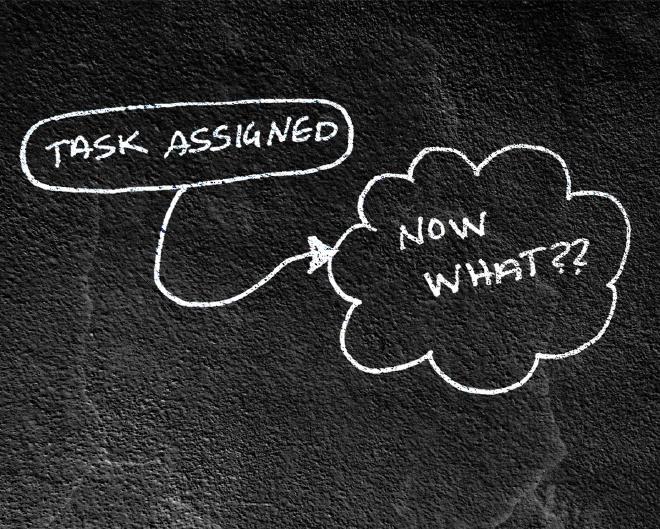The figuring-it-out framework

Table of Contents
How do you figure out how to do something new? #
Learning something new can be exciting, but it can also be paralizing if you don’t know where to start. The following diagram might be intuitive to some, but if you’re stuck in a mindset that is keeping you from moving forward, it might just be enough to help you get unstuck. Outside of formal education, most of us only learn what we need to, when we need it. As a result, learning how to learn (meta-learning), is critical to advancing in your career and keeping your mind sharp.
The figuring-it-out framework #
Breaking down the steps #
I’ve done it before #
This is the scenario where you are most effecient, and able to give the most accurate time estimates for a task. At this stage you’re operating in your strengths, finding your flow and enjoying the feeling of accomplishing the task with excellence.
Never done it but can figure it out #
Perhaps you’ve done something similar, done a previous PoC, or task adjascent to the one assigned. It will take you a little extra time to find the best way to do it, and may require refactoring or reorganizing part-way through, but this is to be expected. It will be harder to find your flow as you stop to solve unexpected challenges, and discover gaps in your knowledge. All of challenges should be expected and accounted for when estimating your time to completion.
I can, but need some guidance #
This task might be something that falls within your job description that you’ve never done and don’t know where to start. This is a great place to be at times, but let’s be real about how innefficient it is. What’s important here is to find a way to bridge the gap from what you do know, to what you don’t yet know. A lot of time can be wasted floundering around in blog posts that give you fragments of learning that may not connect. The best way to learn is to find someone who has done it before, and have them mentor you through it. The next best option is to find a course that teaches you what you need to know.
I can’t/won’t do it #
This task might be something that is too far from your experience, interests or job description. This is a valid option. If your manager has determined that it actually is in your job description, you may want to rethink your stance if you want to keep your job, but there are times that we are asked to do things that are not our job or within our skillset. It’s important to be honest about that, and let your manager know. That said, don’t jump to this phase unless you’re sure that it’s not something that you should be doing, or are willing to pay the consequences of taking this stance.
For the doer #
Figuring out how to do something is a critical part of succeeding at anything. It’s important not only to understand how to go about it, but also to determine the time and effort that it will take to do it. Each step down the framework is less efficient than the one before it. This reality needs to be expected and planned for when you’re estimating the time to complete the task. This will set the proper expectation for you and those that you’re working with.
For the manager #
If your role is to assign tasks for others to complete, it’s important to have an accurate way of determining how long it will take to complete it, and how much effort is required. You can use the above framework to score tasks and give more accurate time estimates. You can also see if a person is overloaded with things that they don’t understand, and make appropriate adjustments.
Using the framework to plan timelines #
Below is s simple table with mulipliers to account for the time it will take to complete a task based on the the time estimates of the most efficient option.
| Stage | Multiplier | Notes |
|---|---|---|
| 1. Done it before | x1 | Adjust depending on the personality of the estimator |
| 2. Can figure it out | x2 | For learning, stopping and starting, and reorganizing |
| 3. Need some guidance | x3 | The multiplier accounts for the mentor’s time |
| 4. Won’t do it | x∞ |